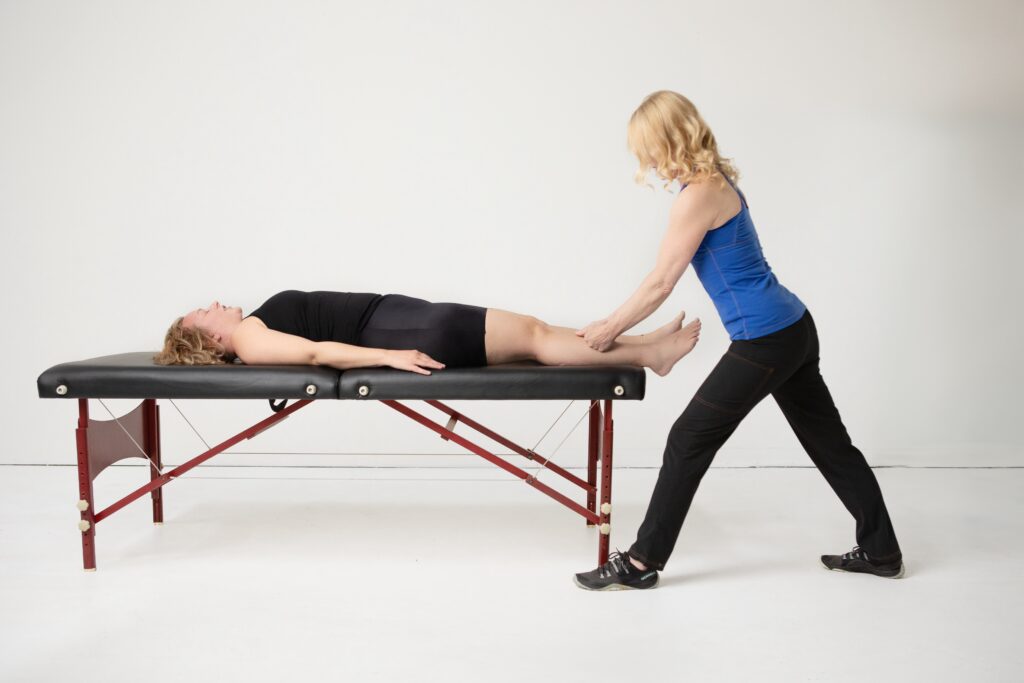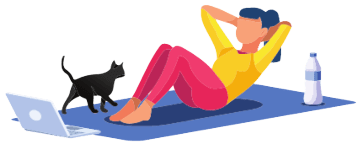Something in the Way You Walk
When I have layovers in airports, I people-watch. I’m not looking for the latest fashion, though. I watch people walk. I watch people move.
What do I notice? Stooped shoulders most often, or arms that look as if they’ve been put on in a game of pin the tail on the donkey. Seeing this makes me curious…what happened? Or I hear the sound of shuffling feet, and I think, why? Lately, I’ve noticed teens walking past with their head held forward or shoulders curved down, a posture usually seen only in octogenarians. Hmm, is it because teens look at their phones for over 6 hours a day?

Occasionally, though, I catch someone gliding by with ease, a sense of effortlessness flowing through their limbs. This person appears light, fluid, and ageless. What’s the difference between the person who moves with grace and the person who moves as if they’ve been tied up, tied down, or yikes, haphazardly pinned together?
The answer lies in the order of their physical structure.
Overtime, poor posture may manifest as a disordered or disorganized physical body. Once disorganized, in relationship to gravity, the body creates compensation patterns so that movement can still occur. Although the movement is no longer fluid, it’s still happening. If the disorder sticks around, staying for a multitude of reasons, it often leads to physical discomfort.
Arms and legs, in an organized body, by contrast, reach out from the core and the spine with little effort. You’ve seen this in dancers, great athletes, and graceful walkers. They make it look easy. And truthfully, once the arms and legs are freed, no longer contracted and no longer pulled inward, movement becomes effortless.
In my work as a Structural Integration Practitioner, creating an organized physical structure through skilled touch is paramount. When a person is organized in relationship to gravity moving is easier and takes less effort. More importantly, the longevity of the spine is enhanced, and discomfort and pain are reduced. A structure that has order and organization will simply last longer, like a well-oiled machine.

In my work as a Structural Integration Practitioner, creating an organized physical structure through skilled touch is paramount.
In the work of Structural Integration and other forms of somatic education, the body is offered a new narrative, a new way of moving. After a series of sessions with a therapist, there’s a new relationship with gravity. It’s through this new relationship that the body then finds organization.
Feet can become swift, again. Shoulders can rest atop ribs, and necks and the heads they support can be trained to lengthen and float.
Unpacking postural patterns and finding greater ease can take time. But it’s worth it to discover how improved posture can improve health.
